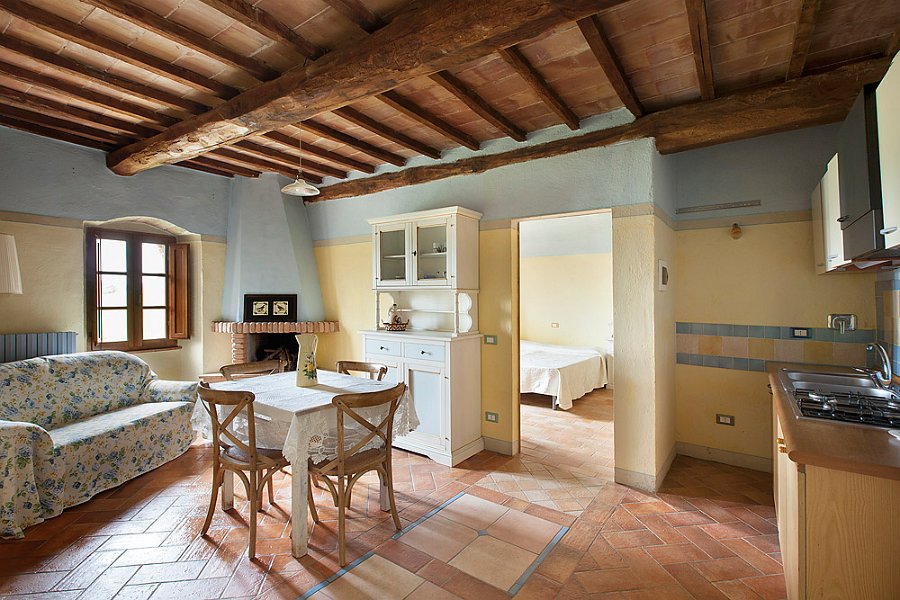Tra gli ospiti più illustri di Tignano si ricorda Papa Pio IX, ospite del convitto estivo dei padri scolopi di Volterra che nel 1800 aveva sede nel Borgo.
Situato nella bellissima campagna toscana, Il Borgo Tignano, è il posto perfetto per chi ama coniugare l’arte alla natura, la dimensione interiore e spirituale (Yoga e Meditazione) con il silenzio che, incontaminato, è presente in questi luoghi. La sua posizione strategica lo rende il luogo di partenza ideale per la visita delle maggiori città toscane quali Siena (45 km), Volterra (20 km), San Gimignano (22 Km), Firenze (70 km) Pisa (80 Km) o per una piacevole escursione a contatto con l’ancora incontaminata campagna circostante.
Intorno alle case del Borgo è stato ricreato un giardino rustico, che con la sua tessitura di erbe aromatiche, siepi di Ginepro, Mirto e Lentisco riproduce le varietà tipiche della macchia mediterranea, con i suoi intensi profumi.
Inoltre, il Borgo dispone anche di due ampie sale con attrezzature moderne per ogni tipo di attività di natura olistica (yoga, meditazione, seminari, conferenze, musica e concerti).
Il Borgo, le attività e gli appartmamenti
Corsi di Yoga, meditazione, musica e arte, saranno disponibili durante la stagione. Per ulteriori informazioni vi invitiamo a contattarci.
Borgo Tignano confina con il territorio dell’ alta Val di Cecina ed è inserito in un contesto paesaggistico di notevole pregio. Nell’area, difatti, sono presenti tre riserve naturali individuate anche come “SIC” ( siti di interesse Comunitario): Montenero, Monterufoli-Caselli e Berignone. La foresta di Tatti, con la sua particolare vegetazione è a brevissima distanza dal Borgo. Campi da golf situati a soli 30 minuti dal Borgo e il mare dista circa 45 minuti.
Nel Borgo sono stati ricavati 19 appartamenti; due sale convegni per 40 o 70 persone; un ristorante vegetariano per gli ospiti; un punto vendita di prodotti tipici e generi di prima necessità; una grande piscina di metri 8 x 16 con lettini prendisole; posti auto gratuiti; una lavanderia.
Nel Borgo sono presenti due elementi tipici che accompagnavano la vita delle grandi comunità contadine: una pregevole cappella di fattura rustica (da ristrutturare) e un forno a legna funzionante.

Una storia di vita.
La ristrutturazione degli edifici e degli esterni ha rispettato le forme originarie e dove è stato necessario operare dei cambiamenti, questi hanno tenuto conto delle caratteristiche costruttive e dei materiali tradizionali. Al piano terra dei vari edifici i soffitti sono spesso costituiti dalle volticciole ``volterrane`` originali, solo in alcuni punti sapientemente ricostruite. Al primo piano il tetto è a vista, interamente ricostruito secondo tecniche tradizionali, mostra belle travi di castagno con tessitura di travicelli e mezzane. Gli intonaci degli edifici sono di tipo rustico e si alternano a mura in pietra e laterizi originali.
Richiedi Informazioni!

